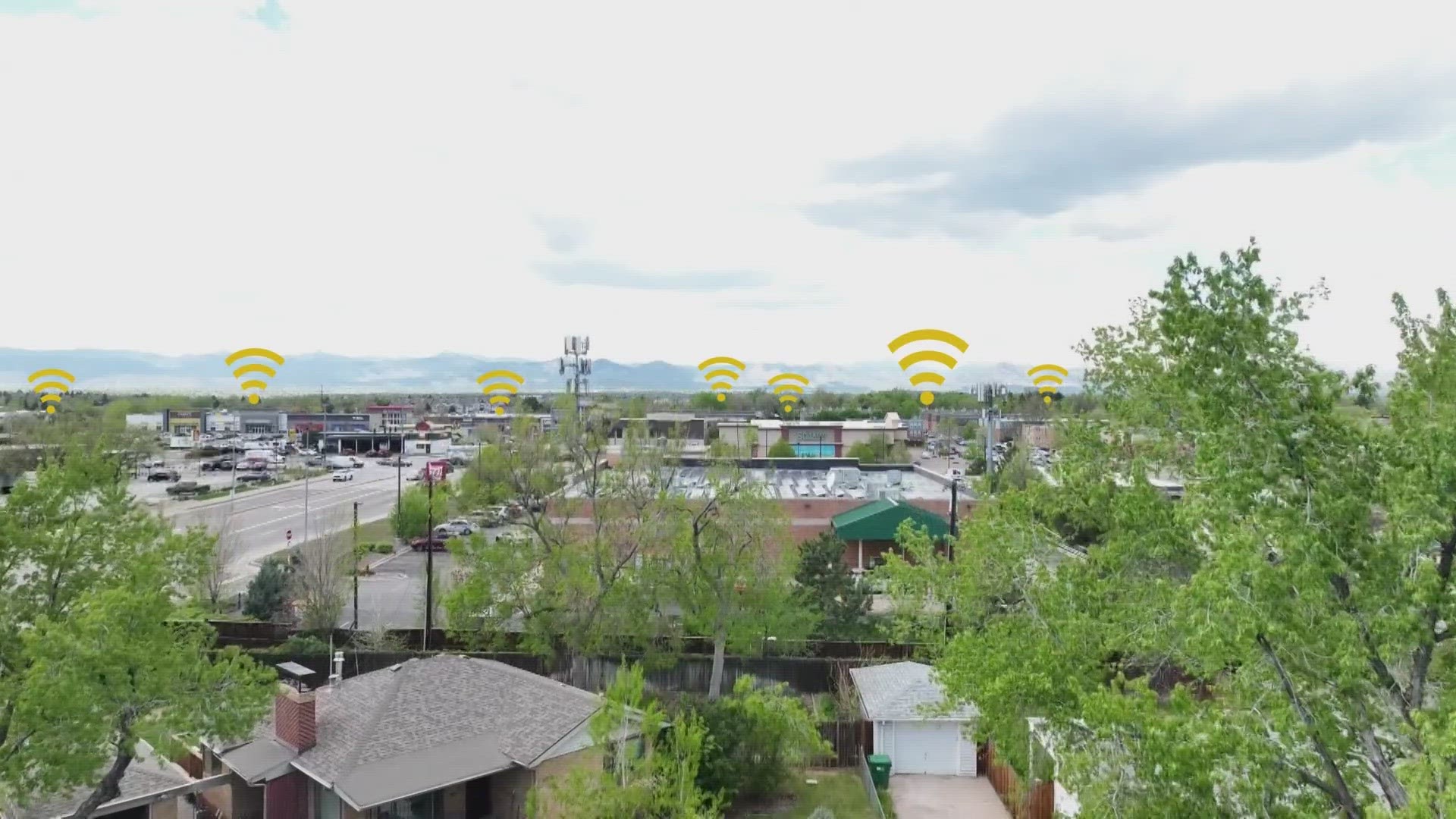DENVER — Nearly two years after the Marshall Fire exposed gaps in Colorado’s emergency alert system, researchers are recommending statewide changes to make life-saving messages more consistent and accessible.
A draft report by CU Boulder’s Natural Hazards Center cited 9NEWS’ reporting pointing to inconsistent alert systems and support across counties, and proposed statewide standards to improve how the state communicates in emergencies.
“Colorado’s alert systems and processes are a patchwork of different practices that, while flexible, can also hinder consistent, inclusive alerts,” the draft report said.
Emergency managers in Colorado use a handful of tools to share information, including social media, subscription-based alert systems that reach landlines and opted-in cell phones and the federal Wireless Emergency Alert System (WEA), which reaches all cell phones in a given area through AMBER Alert-style messages.
Some communities pay for additional systems that provide language translation or messages designed for the deaf community.
No system is perfect.
Many counties primarily use their opt-in alert systems to send notifications in life-threatening situations like wildfires, floods or active shooter threats, despite low opt-in rates for cell phones - typically below 40%, the report said.
During the Marshall Fire, Boulder County sent alerts using its opt-in system, Everbridge, though only 24% of the county’s population had signed up by a cell phone at the time. Many fire survivors told 9NEWS they never received an alert telling them to evacuate, as Colorado’s most destructive wildfire on record burned neighborhood after neighborhood.
“The patchwork of alerting systems, the low opt-in rates, the limited alerting agency capabilities and varied planning processes had implications for really everyone in Colorado,” Carson MacPherson-Krutsky of the research project said in a feedback session.
A survey of emergency response personnel across 57 of Colorado’s 64 counties found some areas are behind when it comes to reaching non-English speaking communities during emergencies.
Only 53.2% of those surveyed said they had the capability to send alerts in languages other than English. More than a third weren’t sure and 10% said they couldn’t send non-English alerts at all.
Most of the emergency personnel rely on artificial intelligence systems to translate messages, the report said. Only 20% had multilingual staff to do so.
Communities including Boulder County and Pitkin County subscribe to Reachwell, which uses artificial intelligence to translate messages and send them to people who’ve already signed up.
In a feedback session, stakeholders raised concerns about the A.I. approach. “I've caught a lot of errors in Spanish in Reachwell in my jurisdiction that would lead people not to do what we're asking them to do,” Manuela Sifuentes with the City of Boulder said. “Ward is an actual place but it translated ‘Ward’ as ‘district,’ so people could be like ‘Oh, I don't know which district they're talking about. I'm not going to do anything.’”
Google Translate led to similar mistranslations, the report said. A representative from Eagle County tried to use the system to translate a message, but told researchers it took the county name too literally, resulting in alerts that read “bird County.”
This capability varies county by county in Colorado, as well as technology to make alerts accessible to people with disabilities. That variability is due in part to local communities’ ability to pay for multiple systems, the report said.
“This distribution system results in cases where one Deaf sibling living on one side of a county line may receive an emergency alert in ASL while their Deaf sibling living on the other does not,” researchers wrote.
The report concluded emergency response personnel want to make alerts more inclusive but need more guidance, funding and staffing to pull it off. It recommended statewide standards for alert technology and language inclusion, as well as more training around disability access, and additional funding to support it all.
“In rural communities, [we have] limited budgets. [We have] limited manpower to get these alerts out,” Scott Hawkins with Montrose County Emergency Management said in the feedback session. “When it is a life safety issue we're trying to do it as quickly as we can, we lean on some of these translation companies. We don't have all that staff as readily available to translate.”
Some accessibility issues could eventually be mitigated by changes at the federal level. In October, the Federal Communications Commission (FCC) adopted rules requiring Wireless Emergency Alerts to be accessible in a dozen new languages, including American Sign Language. The translation would not be done by local officials, but instead by your cell phone.
The FCC set a 30-month timeline to roll out additional language capabilities. It’s unclear whether the new languages would be available on all cell phones or only new phones, as previous WEA upgrades have been.
SUGGESTED VIDEOS: Marshall Fire Coverage

